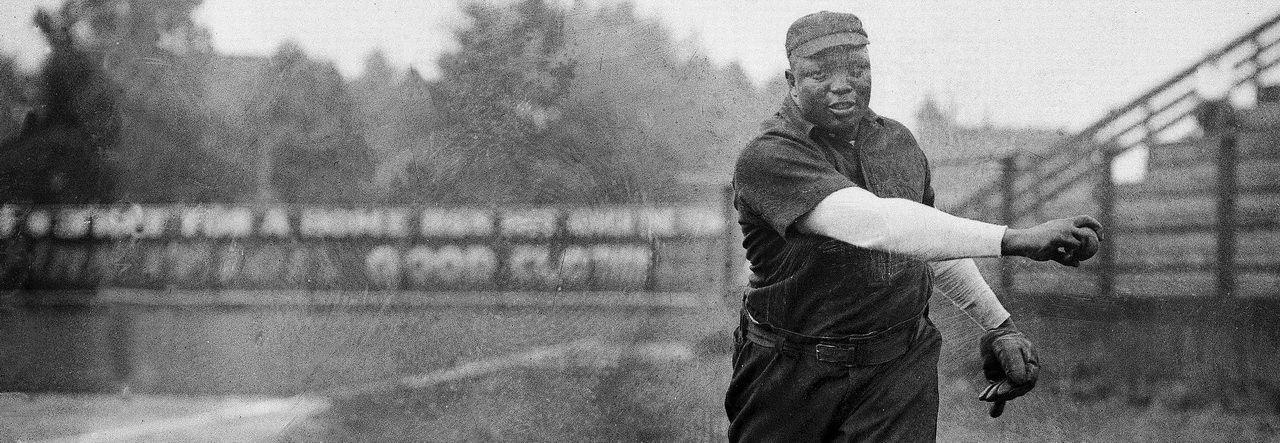Spring Training Questions
While Turkey Stearnes will receive a lot of attention during the spring, how roles fall out between Sal Bando, Pedro Guerrero, Dick Lundy, and Roy Hartzell will see some focus as well–someone in that group is likely to end up at SS, and none of them are really naturals at that position.
Injuries
Carl Erskine was a long shot to make the roster; a shoulder injury costing him most of spring training confirmed he will start the season in the minors.
First Cuts
A host of arms were sent down: Red Ehret, Diego Seguí, Frank Barberich, James Shields, Charlie Ferguson and Rube Walberg all hit the minors, clearing quite a bit of space as the Sea Lions try to work out their staff.
Behind the plate, Mickey Cochrane has moved into the lead for the starting spot, with only Jack Warner being sent to the minors. That leaves only 3 full-time backstops in camp, which may mean that San Francisco continues to want to give John Beckwith a longer look. IF Bobby Bragan can also fill in at C if necessary.
With the Sea Lions committed to both John Beckwith and Jimmie Foxx, Don Money, Sid Bream, Bill Sweeney, and Wayne Gross found themselves with tickets to minor league camp, despite performances no worse than Beckwith’s or Foxx’s.
Denny Hocking and Ted Sizemore head to the minors, but that’s not really enough to sort out the middle infield, where Dick Lundy, Ron Hunt, and Roy Hartzell have been quite strong.
The OF is a little clearer as Turkey Stearnes has absolutely blown the cover off the ball, justifying his draft position. Eddie Murphy, Mookie Wilson, Del Unser, Jules Thomas, Darrell Brown, and Patsy Donovan were all sent to the minors while Bob Cerv remains, despite early struggles.
Second Cuts
Dave LaRoche is in danger of being sent to the minors, but for now the Sea Lions staff stays stable.
Just about the only clear message from camp so far is that Turkey Stearnes is for real and, at this point, the 22 year old rookie looks likely to start the season in CF for the Sea Lions. Aside from that … it’s all muddled. Reggie Jackson, Bobby Bonds, and Pedro Guerrero can’t hit a lick; neither Bobby Bragan nor Royce Clayton deserve to stay in camp, but with the team very thin in the MI, both do; Mickey Cochrane is making a play for the starting C spot, but both Brian Downing and Gene Oliver are refusing to claim the backup slot. So it goes.
Teenager John Beckwith heads to AAA for a bit more seasoning, and IF Jack Farrell heads down as well.
Third Cuts
Mickey Cochrane has edged ahead of the struggling Gene Oliver and even more struggling Brian Downing as the likely opening day C for the Sea Lions.
IFs Bobby Bragan and Royce Clayton were sent to AAA, but San Francisco still has some issues to sort out on the infield: too many 1B are mashing the ball (Jimmie Foxx, Jack Clark, Jason Giambi), Roy Hartzell, who finished last season as the presumptive starter at SS, has struggled, and both Phil Garner and Dick Lundy are playing well enough to demand more time.
Walt Williams has hit well, but the Sea Lions OF is pretty crowded and the trio of Frank Howard, Bob Cerv, and Josh Reddick have all hit better, so Williams is off to AAA.
It’s not clear what San Francisco does here: rookie phenom Turkey Stearnes has exceeded all expectations and looks set to play CF, leaving Rickey Henderson, Pedro Guerrero, Bobby Bonds, and Reggie Jackson competing for the corner OF and DH spots.
Final Cuts
Jair Jurrjens had raised some eyebrows in an attempt to make the roster as a swing starter, but it was always unlikely, and a couple late rough outings sealed his fate as Jurrjens heads to AAA. Josh Reddick was sent down along with slick fielding SS Eddie Miller. Miller’s demotion answers several other questions: Dick Lundy looks to be the everyday SS, with Roy Hartzell his backup, clearing the way for Sal Bando at 3B.
RP Dave LaRoche was sent to AAA along with Carl Erskine, which may virtually solidify the pitching staff for the Sea Lions, leaving only 13 arms in camp. Brian Downing continues to look good enough for the WBL until he’s actually given a chance: he’ll head to AAA, with catching duties for San Francisco falling to Mickey Cochrane and Gene Oliver in a likely platoon. Ron Hunt does have a knack for getting clipped by pitches, but that’s just not enough to justify a roster spot: he’ll start the year in AAA as well.
Jim Devlin was the final arm moved out of camp.
Jason Giambi was sent down despite his obvious power, as were Bob Cerv and Matt Holliday. Cerv refused his demotion, and was made a free agent.
That made the final cut a choice between OF Frank Howard, incumbent 2B Jimmy Bloodworth (who has struggled all Spring), and light hitting IF Roy Hartzell (which would leave the Sea Lions without a real reserve at SS). Given the OF depth on the roster, it wasn’t terribly surprising that Howard was the final cut from camp.
